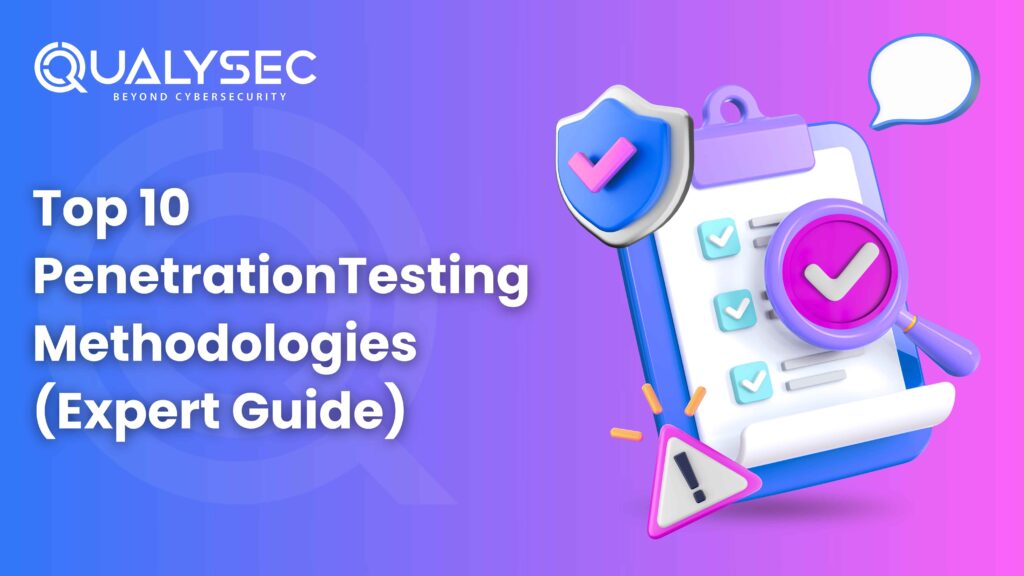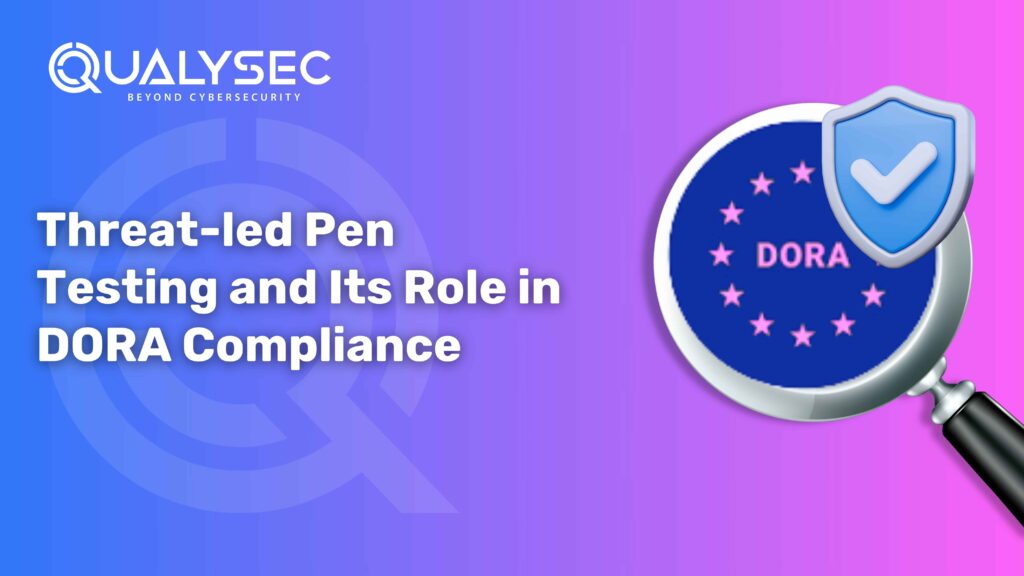Top 10 Penetration Testing Methodologies (Expert Guide)
Security has never been a more critical concern than in the present times. Cyber attacks are rising and becoming sophisticated. To safeguard information, networks, and programs, enterprises employ penetration testing — an imitation of a managed cyber attack to locate weaknesses before actual hackers do. But how precisely do penetration testers work? They use methodologies—step-by-step processes that direct the testing process. This article delves into the top 10 penetration testing methodologies, empowering security professionals with the knowledge they need to ensure their work is done correctly. What is Penetration Testing? Penetration testing (also known as pen testing) tests computer networks, web sites, or systems by mimicking an attack on them. The aim is to find security vulnerabilities that can be exploited for hacking. These can then be patched and the system hardened. A well-designed penetration test is not a speculative exercise. It is a planned, structured, and systematic process that employs tried-and-tested techniques to ensure thoroughness and effectiveness. Why Use Penetration Testing Methodologies? Pen testing methodologies assist testers: The Top 10 Penetration Testing Methodologies The following are the top ten most employed techniques that penetration testers utilize today. 1. OWASP Testing Guide The Open Web Application Security Project (OWASP) Testing Guide is the de facto web application testing standard. Key features: Why it’s popular: It’s free, comprehensive, and updated frequently by an international community. It assists testers in identifying web environment-specific flaws. 2. NIST SP 800-115 The National Institute of Standards and Technology (NIST) Special Publication 800-115 is a general guide to information security testing. Key features: Why it’s popular: It’s a uniform, reliable process used extensively by the U.S. government and business agencies to fulfill compliance requirements. 3. PTES (Penetration Testing Execution Standard) Penetration Testing Execution Standard (PTES) is a comprehensive framework that addresses every step of a penetration test. Key features: Why it’s popular: PTES is easy and comprehensive, easy for testers to conduct, and easy for customers to understand the results. Talk to Our Cybersecurity Experts to see how we help you to enhance security standards. Talk to our Cybersecurity Expert to discuss your specific needs and how we can help your business. Schedule a Call 4. OSSTMM (Open Source Security Testing Methodology Manual) Open Source Security Testing Methodology Manual (OSSTMM) is a scientifically biased security testing and analysis methodology. Key features: Why it’s popular: It’s considered rigorous and used by organizations that want to have proper, data-driven testing. 5. ISSAF (Information Systems Security Assessment Framework) ISSAF sets standards for security assessments and penetration testing. Key features: Why it’s popular It’s comprehensive and appropriate for auditors and security professionals seeking an in-depth framework. 6. CREST Penetration Testing Methodology CREST is an accrediting organization that offers penetration testing guidance. Key features: Why it’s popular: CREST certification is highly regarded worldwide, guaranteeing capable testers and reliable results. 7. PCI DSS Penetration Testing Guidance Payment Card Industry Data Security Standard (PCI DSS) mandates penetration testing for businesses that handle credit card information. Key features: Why it’s so popular: It’s mandatory for businesses that accept credit cards, making them compliant and secure. 8. ISSAF Social Engineering Methodology Social engineering is critical to penetration testing because most attackers focus on human vulnerabilities. Key features: Why it’s popular: Social engineering targets the human side of security, which is most often the weakest link. 9. Red Teaming Methodology Red teaming is an extensive, multi-faceted simulation of a real-world attack. Key features: Why is it so popular? It provides a realistic picture of an organization’s incident response and security posture. 10. Vulnerability Scanning and Automated Tools Methodology While not an entire pen testing strategy, automated vulnerability scanning is an essential part of most methodologies. Key features: Why is it so favoured? It speeds up initial findings and avoids any simple problems from being missed. How These Methodologies Interact Penetration testing is not usually one technique. Testers mix techniques based on project scope and objectives. For instance: What to Put in a Penetration Test Report Irrespective of penetration testing methodology, a good penetration test report should include: Clear communication helps organizations understand risks and act. Download our Sample Penetration Testing Report to learn how we report and mitigate vulnerabilities. Latest Penetration Testing Report Download Conclusion Penetration testing is an essential component of any security program. A good methodology assures that testing is extensive, ethical, and beneficial. The below top 10 penetration testing methodologies are the best available for professionals across the globe. As a security professional, the responsibility of selecting the best technique for your system type, compliance requirements, and test objectives lies with you. Whether you’re testing a web application, network, or human factor, these methods will help you identify and remediate vulnerabilities before anyone else. Shelling out money for quality penetration testing today translates into tougher defenses tomorrow.






